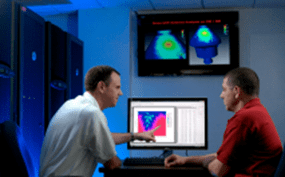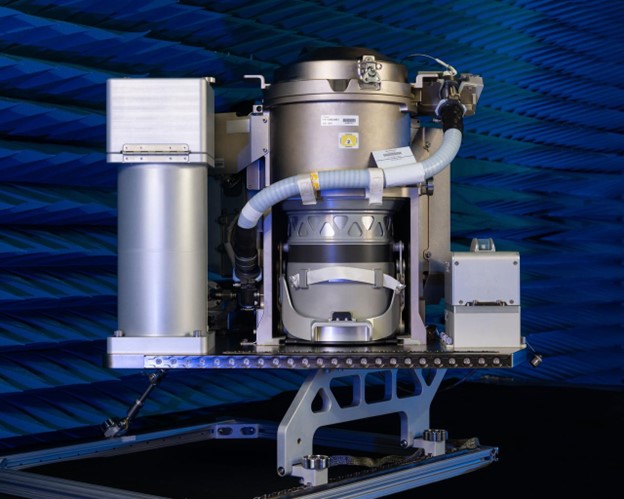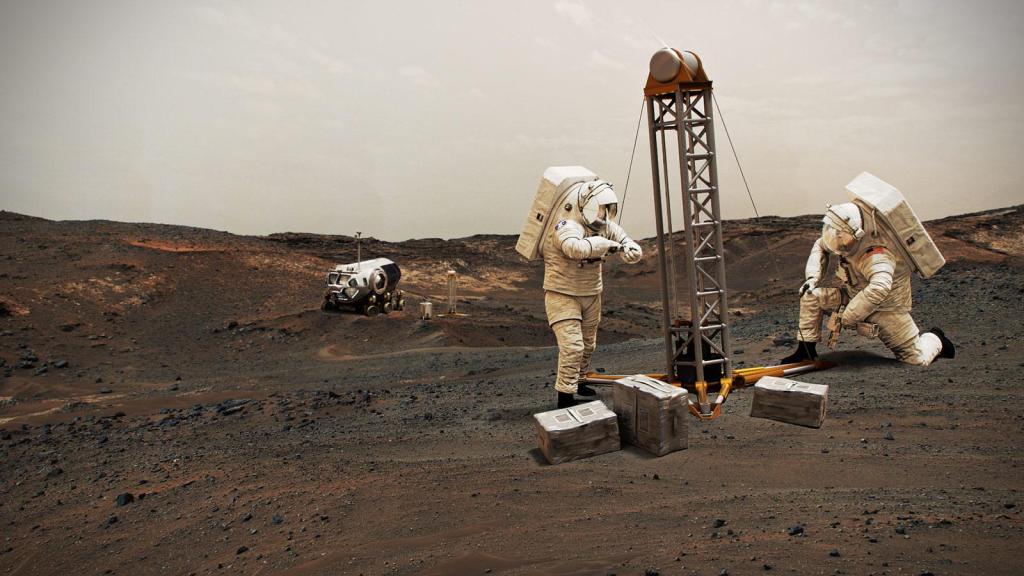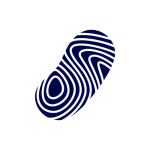Communication Subsystems
Johnson Space Center (JSC) offers expertise and unique facilities in which multi-element spacecraft communications subsystems are interfaced with relay satellites and ground elements for end-to-end testing in a controlled radio frequency environment. JSC also provides for design, development, and testing of spacecraft communication systems, including evaluation of electromagnetic radiation properties of antennas and other radiating objects. Explore the communication capabilities below, as we invite you to join us in the exciting journey of space exploration at the forefront of discovery.
Wireless and Radio Frequency Identification (WRFID) Laboratory
The Wireless and Radio Frequency Identification (WRFID) laboratory provides capabilities for the design, development, testing, and analysis of RFID and other wireless technologies for space applications.
The WRFID laboratory provides capabilities for the design, development, testing, and analysis of RFID and other wireless technologies for space applications.
Antenna Test Facility (ATF)
The Antenna Test Facility (ATF) is used to test antenna radiation distribution pattern performance for spaceflight applications in electromagnetic environments conditioned to simulate free space. The ATF includes both a tapered far-field range and a robotic near-field test capability. The near-field range provides flexibility for near-field and far-field antenna radiation distribution pattern and wireless system characterization.
Anechoic Chamber Far–Field Test Facility and Robotic Near–Field Measurement Facility
- Antenna systems design, development, test, evaluation, modeling – using computational electromagnetics (CEM)
- Positioner: 4–axis, Az over EI
- Over-the-air (OTA) measurements and characterization of wireless systems
- Computational Electromagnetic Modeling/Analysis validation
- Frequency range: 400 MHz to 40 GHz
- Dimensions: 150 feet long with cross section approximately 40 x 40 feet
- Maximum test article size (antenna + in-situ structure) is approximately 28 feet
- Facility includes single (600 lb. load max) and dual (1200 lb. load max) positioner configurations
- Robotic near-field measurements enable easy in-situ antenna system performance for wireless and communication systems
Communication Systems Simulation Laboratory (CSSL)
The Communication Systems Simulation Laboratory (CSSL) is used for modeling and simulation of both proposed and actual spacecraft communication systems, subsystems, components, and parts. The laboratory hosts high-fidelity computer models of communication systems, detailed structure models, three-dimensional (3D) and planar cuts of antenna patterns, planetary terrain models, and propagation models.
- Radio frequency (RF) coverage analysis
- System design and verification
- Communication system performance
- Signal analysis
- Frequency management
- RF compatibility analysis
- Multipath analysis
- Communication system anomaly resolution
Computational Electromagnetics (CEM) Laboratory
The Computational Electromagnetics (CEM) Laboratory is used for full-wave, frequency domain electromagnetic simulations. The software, GEMINI, is a Method-of-Moments based solver that has been developed at NASA for over 25 years and is based on a framework developed jointly between the University of Houston, Lawrence Livermore Laboratories, Sandia National Labs, and NASA. GEMINI currently contains state-of-the-art fast methods and algorithms for handling singularities. It has been used extensively to support Shuttle, ISS, Constellation, xEVAs, and commercial entities such as SpaceX and Orbital Sciences Corporation.
The computational cluster currently consists of 14 nodes with the following specs:
- Cascade Lake CPU (Intel(R) Xeon(R) Gold 6248R CPU @ 3.00GHz)
- 48 cores per nodes (96 threads)
- 384 GB RAM per node (8 GB/core)
Capabilities
- 3D optical scanner for creating Computer-aided design (CAD) models
- Design and development of microwave devices and antennas
- Near–field and far–field analysis
- Radar cross–section calculations
- Antenna coupling analysis
- Verification of microwave and antenna measurements
Electronic Systems Test Laboratory
The Electronic Systems Test Laboratory (ESTL) is used for design evaluation, radio frequency (RF) interface compatibility, and system performance verification testing of spacecraft RF communications systems and their interfaces with external elements (e.g., ground stations, relay satellites, detached payloads). In the ESTL, multi-element crewed spacecraft communications systems interface with relay satellites and ground elements for end-to-end testing in a controlled RF environment.
- End-to-end, high-fidelity communication test bed
- Performance characterization of space communication systems
- In-depth RF communications performance verification and characterization testing for spaceflight programs
- Unique test bed for communication systems life–cycle testing
- Sustaining engineering support during program lifecycle
- RF characterization testing for payloads, satellites, or other unmanned vehicles
- RF anomaly resolution test bed for prelaunch, real–time, and postflight
- Support to Tracking and Data Relay Satellite System (TDRSS) Network verification/validation tests, Tracking and Data Relay Satellite (TDRS) checkout, TDRSS Network Firmware checkouts
- Advanced Communication Protocols Test Bed
- Evaluation and certification testing of various protocol systems in an end–to–end controlled environment
- Versatility allows for evaluation of communication, instrumentation, biomedical, guidance and navigation, computation, and robotics systems
- Avionics Government–Furnished Equipment (GFE) development and verification testing
- Research and Development (R&D) test bed for spacecraft communications
- Analysis model verification
- Actual test results used to refine analysis communication models
- Ultra–High Frequency (UHF), S–Band, X-Band, Ku–Band, and Ka–Band RF spectrum
- Shielded enclosures
- Breadboard to flight hardware
Related Patents
Automated Fabric Circuit and Antenna Fabrication
Hyper-Distributed RFID Antenna (HYDRA) System
Low Mass Antenna Boosts RFID Device Performance
RFID Tag for Long Range and Wide Coverage Capabilities
RFID-Based Rotary Position Sensor
RFID-Enabled Wireless Instrumentation





























